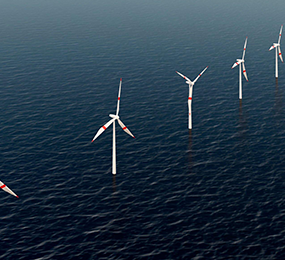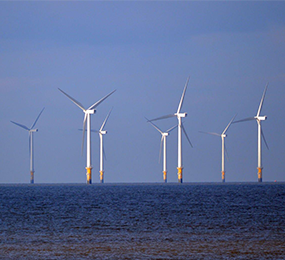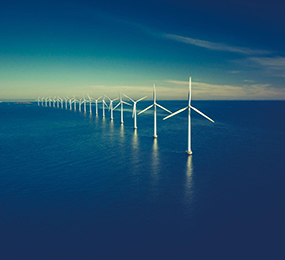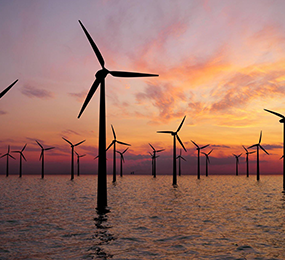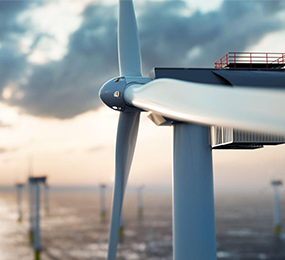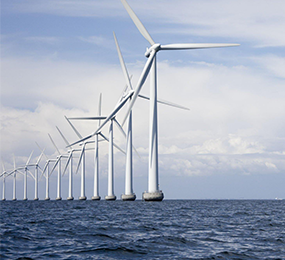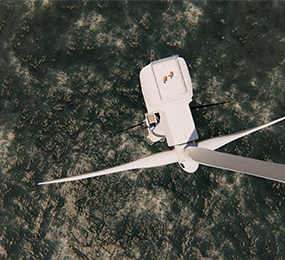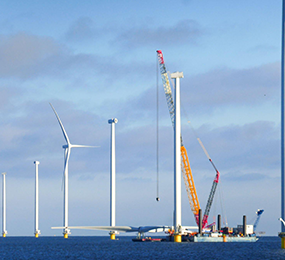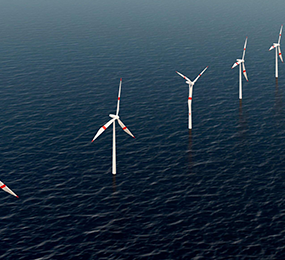Port and supply chain readiness for floating offshore wind commercialization
A Floating Wind Supply Chain Roadmap produce a road map identifying obstacles and solutions for creating a nationally focused floating wind energy supply chain capable of manufacturing all main components in the United States by 2030
Obtaining these benefits will need a considerable increase in domestic manufacturing, infrastructure, and manpower, all of which are now insufficient to sustain commercial-scale floating wind energy deployment. Domestic supply chain development efforts have been concentrated at the state level, and a complete review of how to strategically establish a supply chain that benefits the whole industry and country is required.
• Most components will be supplied from vendors in the early 2020s, which might generate bottlenecks unless a local supply chain emerges in time to meet the floating wind energy objective.
• Few current East or West Coast ports have the capacity to completely support floating wind energy operations, despite the fact that some ports are actively investing in infrastructure modifications.
• New boats are needed to reduce the danger of not meeting the floating wind energy objective, with wind turbine installation vessels posing the greatest risk, followed by feeder barges (which transfer components, cable lay vessels, service operation vessels, and scour protection vessels).
• Manufacturing critical components in the United States will generate tens of thousands of jobs each year. The majority of these occupations will be concentrated in supporting supply chains rather than in final product manufacture, which may disperse jobs and rewards.
• Despite the fact that only one major floating wind component manufacturing facility was operational as of early 2022, original equipment manufacturers and project developers have announced plans to construct at least 11 new manufacturing facilities, including those focused on wind turbine blades, foundations, towers, and cables.
• In addition to the requirement for large components, the study team discovered many critical-path subcomponents that, due to their size or specialty, represent a barrier to domestic manufacture, such as:
1. Yaw and pitch bearings
2. Permanent magnets
3. Flanges and other big cast or forged components
4. Steel plates rolled into monopiles or towers;
5. Electrical equipment for floating substations; and
6. Mooring chains.
Visit our website to know more: https://bit.ly/3WI81v2
Register for the forum and also add a schedule to your calendar.
For more information and group participation, contact us: [email protected]
Leadvent Group - Industry Leading Events for Business Leaders!
www.leadventgrp.com | [email protected]


